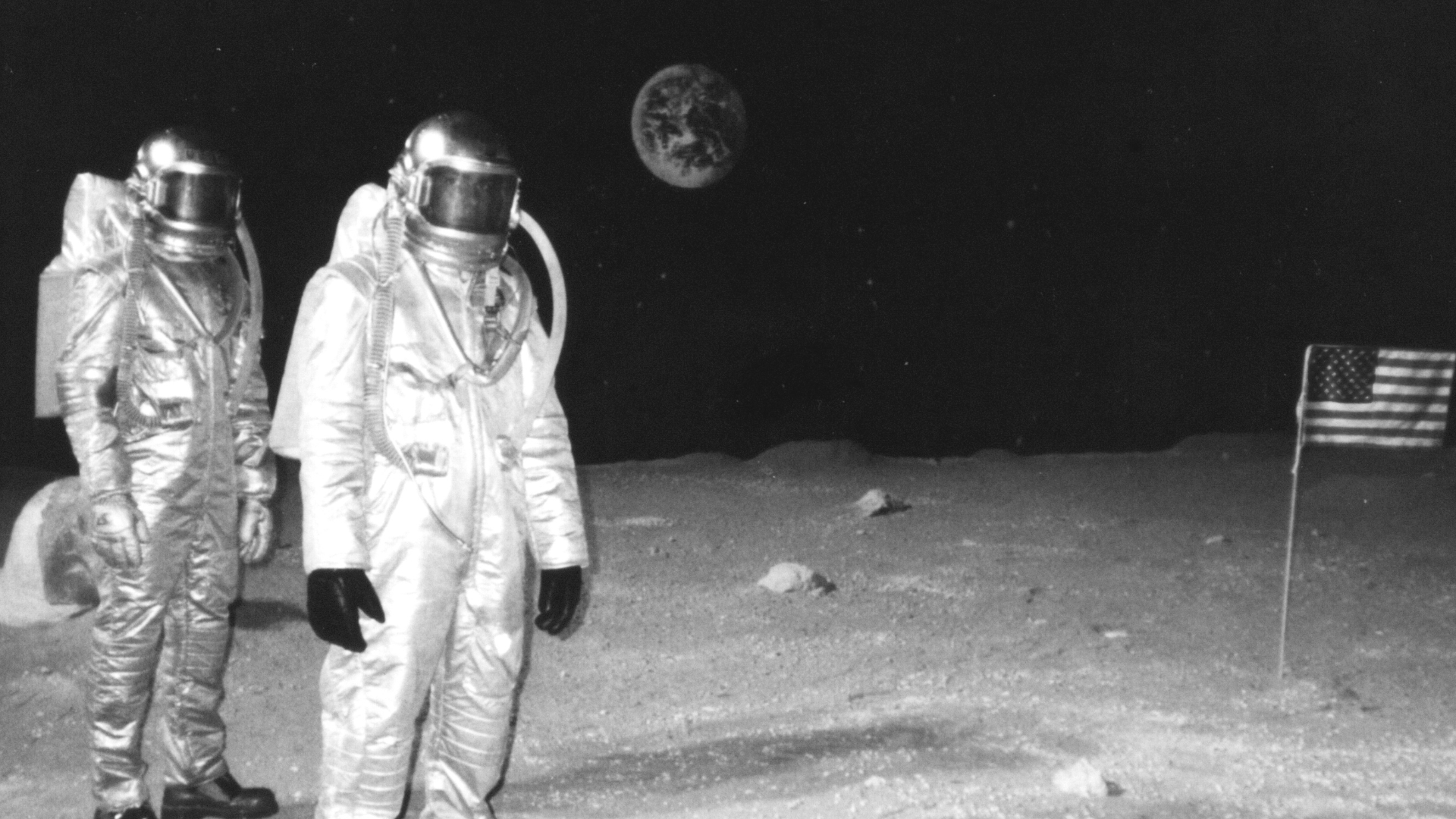The Voyager Missions: Pioneering Sustainable Exploration Beyond Our Solar System

The Voyager missions, launched by NASA in 1977, are among the most remarkable achievements in space exploration. Designed to study the outer planets, these twin spacecraft—Voyager 1 and Voyager 2—have since traveled beyond our solar system, entering interstellar space. Their journey not only expanded our understanding of the cosmos but also set the stage for sustainable space exploration.

One of the most enduring legacies of the Voyager missions is the demonstration of long-term sustainability in space. The spacecraft were engineered with remarkable efficiency, relying on radioisotope thermoelectric generators (RTGs) to convert heat from decaying plutonium-238 into electricity. This power source has allowed the Voyagers to continue operating for over 45 years, far exceeding their original mission timeline. The success of this technology has informed the development of sustainable power systems for future deep-space missions.

The design philosophy behind the Voyager spacecraft also emphasized durability and minimal resource consumption. Each component was meticulously crafted to withstand the harsh conditions of space and operate autonomously for decades. This approach to spacecraft design has influenced modern engineering practices, emphasizing the importance of sustainability and resource management in long-duration missions.

Furthermore, the Voyager missions have contributed to the development of data compression and transmission techniques that maximize the efficiency of communication over vast distances. These advancements ensure that valuable scientific data can be transmitted back to Earth with minimal energy consumption, a critical consideration for sustainable exploration.

As humanity looks toward future missions to distant planets and beyond, the Voyager missions stand as a testament to the power of sustainable exploration. They have shown that with careful planning and innovative technology, we can extend our reach into the universe while minimizing our environmental impact, both in space and on Earth.




